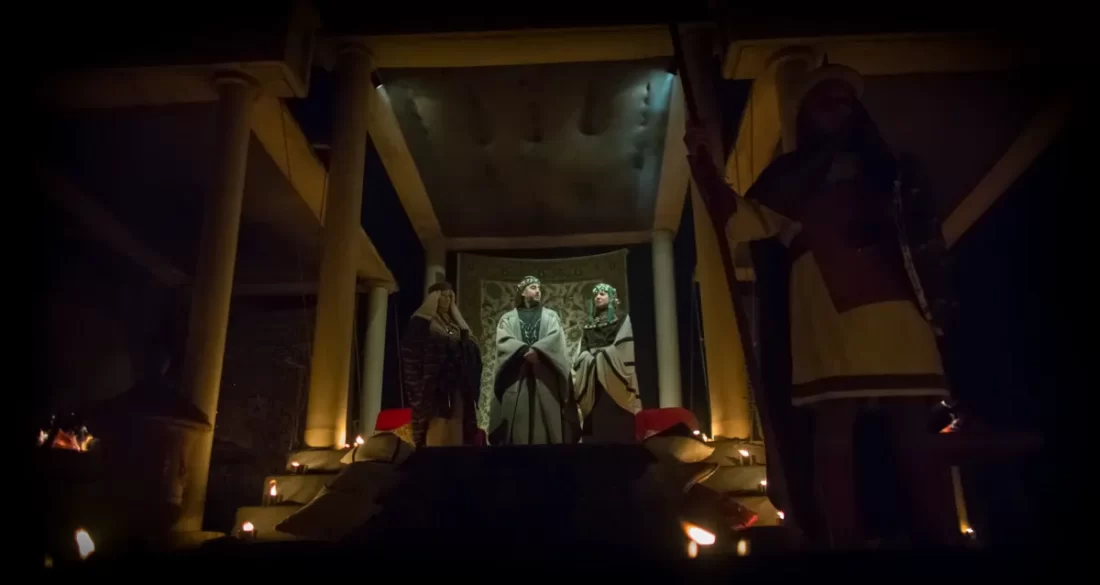
Witches and Wise Men
Just when I think I can’t take it anymore, there’s one more Italian holiday.
When American friends complain about the intensity of the holidays, I scoff. The Italian season continues in full swing until January 6th.
The merry-go-round of festivities starts on December 8th, The Feast of the Immaculate Conception, a national holiday, and the unofficial marker of when it’s OK to put up Christmas lights. Those of you with a good sense of the human gestation period might have figured out that this feast is not to mark the conception of Jesus, but rather Mary. Church fathers, in the 8th century, decided that her purity couldn’t be contaminated by having been conceived in lust, hence they created this holiday. For those not church-bound, the highlight of this day is a huge family lunch.
We roll directly into December 10th, when the village celebrates our ancient wooden carving of Our Lady of Loreto—the Virgin again—and hosts a procession carrying the statue past a series of nativity scenes starring locals. Street lights are extinguished and the village streets are lit solely by candles.
Then the main events hit—Christmas and New Year’s Eve and Day. Marked by huge family lunches. Think the holidays are over? Nope. The march continues to January 6th, the Epiphany, another national holiday.
One of my favorite things about living here occurs on several nights between Christmas Day and Epiphany—the living nativity, or presepe vivente—in a nearby hamlet. I have been twelve times and the magic hasn’t faded. A cluster of nondescript, fairly modern houses, and the adjacent garden plots and fields, transform into ancient Jerusalem. It’s epic—200 volunteers, 50 scenes of ancient life lit by 1500 candles, spread over a route more than a kilometer long, with music from Ben Hur blasting over speakers.
It has it all—nasty Romans running a slave market, donkeys turning an oil press, women washing clothes in a stream—all culminating in a manger with Mary, Joseph, and baby Jesus, along with a donkey and a cow. There’s even a field of lepers, of course.
We did a video one year answering some pressing questions—is it bad to be cast as a leper? Does the woman washing clothes have cold hands? What happens to the baby Jesus when he gets older?
The selection of the sacred family is managed carefully by the organizers to not hurt any feelings. Local couples who have recently given birth take turns, with girl newborns being as likely as boys. There have even been twins starring as the baby Jesus. Also, parents are parents—you don’t need to be married to be Mary and Joseph. This year, Jesus was a bit fussy near the end of his shift so he got a bottle, while a concerned and watchful cow looked on.
The sheer pageant of it sweeps me along—Italians have a special gift for spectacle—it is not a surprise that opera was created here. This year around 10,000 people will come. It’s all volunteer and raises money for charity. The event happens for five nights between December 26th and January 6th—it can’t start earlier because there wouldn’t be a baby Jesus. The three wise men don’t show up until the Epiphany on January 6th. They enter with great fanfare and head to the manger.
Epiphany Eve, on January 5th, is a big deal for children. A witch called La Befana flies on her broom to leave candy and toys for the good kids, and coal for the bad ones.
And, yes, Epiphany is celebrated by a having big lunch.






No Comments